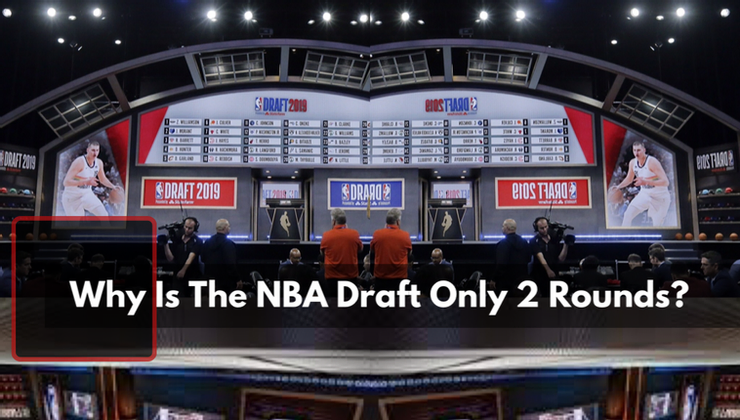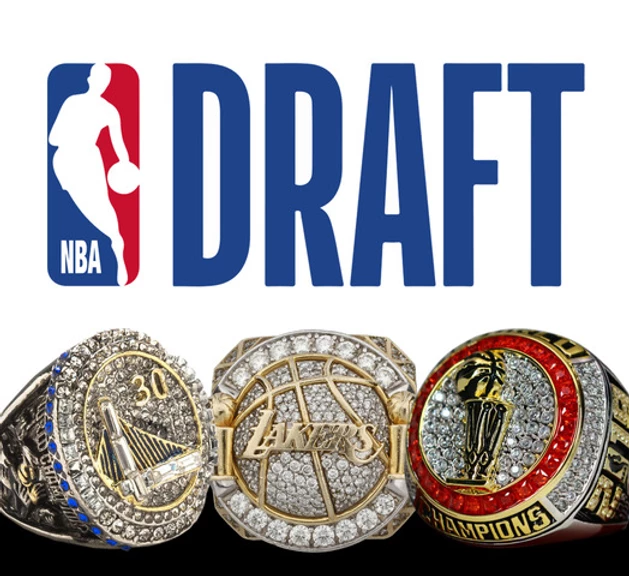The Larry Bird Draft Story: 1 Bold Decision Changed The Fortunes Of The Boston Celtics
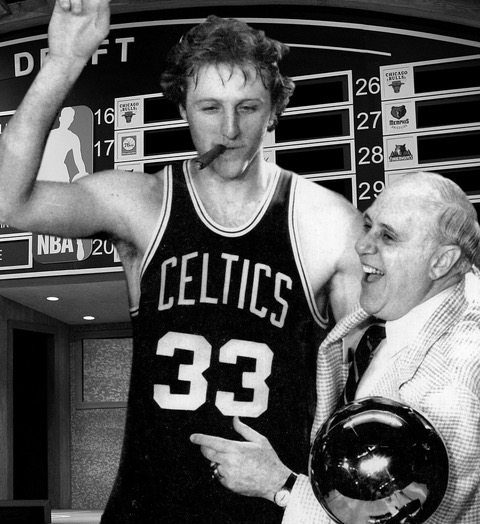
The story behind the 1978 NBA Draft, often known as the Larry Bird draft, is one of the most important in league and the NBA Draft history. It determined the balance of power in the NBA throughout the 1980s, arguably the most important era in NBA history, helping to reestablish the Celtics as the best team in the Eastern Conference during this time.
Red Auerbach’s decision to select Larry Bird helped to revive the fledgling Celtics franchise, which had struggled for much of the late 70s, and create yet another era of legendary Boston Celtics basketball.
Where did Larry Bird play college basketball?
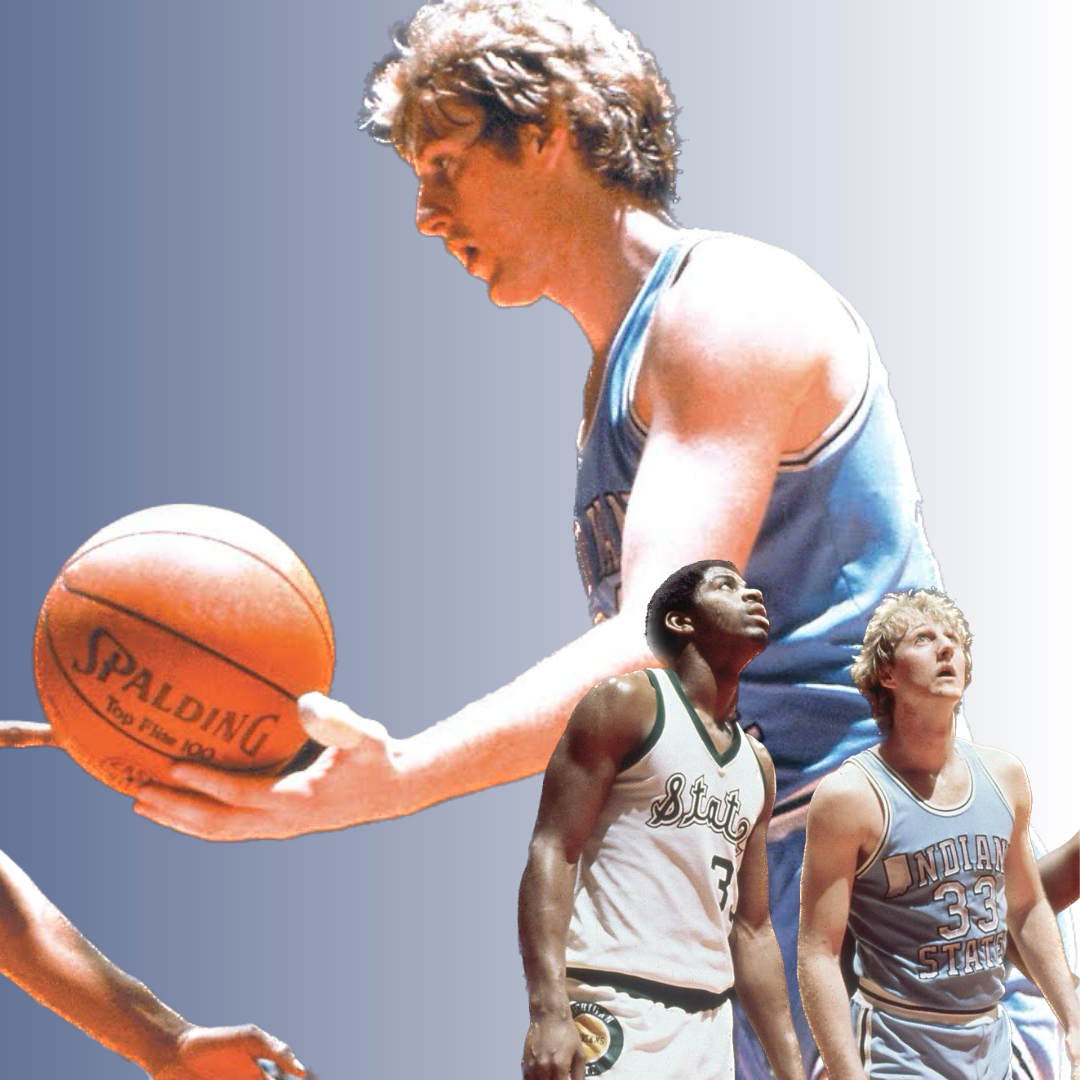
Larry Bird played college basketball at Indiana State University, an unheralded program that was completely overshadowed by its in-state counterpart, Indiana University. Bird transformed the Indiana State Sycamores into a successful college program, leading them to a 48-12 record in his first 2 seasons.
However, it was not until his senior season that the Sycamores would reach the NCAA Tournament, entering the tournament as a #1 seed by virtue of an undefeated 29-0 regular season. The Sycamores would reach the NCAA championship game, where they would lose to the Michigan State Spartans who were led by another future NBA star, Magic Johnson.
When was Larry Bird drafted?
The “Larry Bird Draft class” was in 1978. Although he would go on to play another season of college basketball for the Sycamores during the 1978-1979 season, Bird was eligible for the 1978 draft. NBA regulations stipulated that college players were eligible for the draft once their college class graduated unless the player could demonstrate that he was in financial hardship.
Bird had originally enrolled at Indiana University during the 1974-1975 academic year but had dropped out of school before the basketball season began. After sitting out a year, Bird enrolled at Indiana State at the start of the 1976-1977 academic year. Because his original 1974-1975 Indiana class graduated after the 1977-1978 academic year, Bird was eligible for the 1978 NBA draft.
Related Articles:
Why didn’t Larry Bird play the year he was drafted?
While Bird qualified for the 1978 NBA Draft, he was firmly committed to returning for his senior season and playing another year of college basketball. Even though his family was not well-off financially, his mother had remained steadfast in her desire for Bird to get a college degree. Bird honored his mother’s desire that he earn his degree at Indiana State, despite the efforts of many NBA executives to convince him to leave early.
How did the Celtics draft Larry Bird?
Both the Indiana Pacers and Portland Trail Blazers, who were ahead of the Celtics in the 1978 NBA Draft, had unsuccessfully tried to convince Bird to leave early and decided to draft other players. Neither the Kansas City Kings, New York Knicks, or Golden State Warriors, the remaining 3 teams ahead of the Celtics, made a serious sales pitch to Bird and had opted to select other players who could help them right away. Without having ever spoken to Bird, Auerbach made the franchise-altering decision to draft him.
How did the Celtics get Larry Bird?
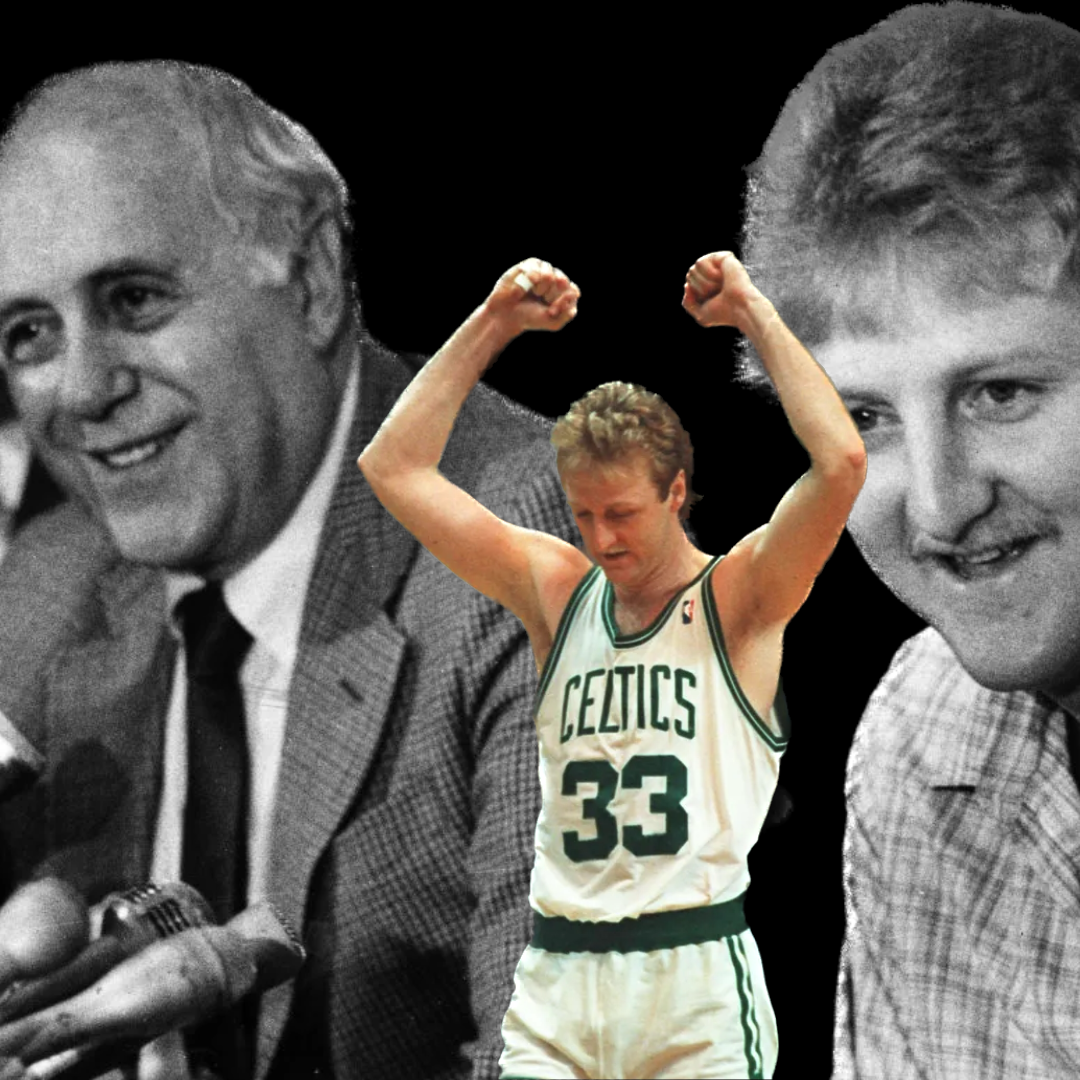
The Celtics were able to get Larry Bird because the teams ahead of them in the draft did not want to wait a year for Bird to join the team or were concerned about not being able to sign him before the next draft. Celtics general manager Red Auerbach drafted Bird knowing that there was no guarantee the Celtics would be able to land him. While in retrospect, the selection of Larry Bird may seem like an obvious choice, it is important to consider that at the time, the Celtics were a struggling franchise and desperately needed young talent immediately.
Did Larry Bird get drafted early?

Many often label the so-called “Larry Bird draft loophole” as an oversight by the NBA, while others assert the presence of a conspiracy because one of the NBA’s marquee franchises, the Celtics, got to draft Bird early. However, it is important to note that the current NBA collective bargaining agreement doesn’t allow players to return to college for their final season of eligibility after being drafted early by an NBA franchise. However, if the player and team were not able to come to an agreement, the team lost their exclusive draft rights to the player, and the player would enter the draft again the following year.
Who was drafted ahead of Larry Bird?
The Portland Trail Blazers had traded with Indiana for the #1 pick and selected center Mychal Thompson. While Thompson had a good career, he never made an All-NBA or all-star team.
The #2 pick was held by the Kansas City Kings, who would select college star Phil Ford, who would establish himself as a very good point guard for the first 3 seasons of his career. However, his career soon fizzled out after his 3rd season in the league.
After failing to convince Bird to leave college early, the Indiana Pacers, who originally had the #1 pick, traded down in the draft to the #3 pick and would select center Rick Robey. Ironically, the Pacers would then trade Robey to Boston in exchange for Billy Knight, who would have a successful run with the Pacers but would never develop into the franchise-changing player the Pacers franchise desperately needed.
The Knicks owned the 4th overall selection and would pick point guard Micheal Ray Richardson. Richardson would develop into a very good point guard, being named to 4 all-star teams, but would never quite reach his potential due to substance abuse problems.
So what pick was Larry Bird? Bird was the sixth pick in the 1978 NBA Draft. The final team ahead of the Celtics, the Golden State Warriors, would select Purvis Short with the 5th overall pick. Short would spend most of his career at the small forward position, having a relatively successful career, but never making an All-NBA or all-star team.
The Larry Bird Draft Has One Of The Most famous “What if” Scenarios In Sports History

The Larry Bird draft story is one of the most famous “what if” scenarios in sports history, as his decision to return to college for his senior season altered the course of the NBA. Without Bird’s career in Boston, the intense Lakers-Celtics rivalry of the 80s probably would never have materialized. Red Auerbach’s draft-day risk transformed the face of the NBA by putting one of the league’s most legendary players on one of the league’s most legendary franchises.


